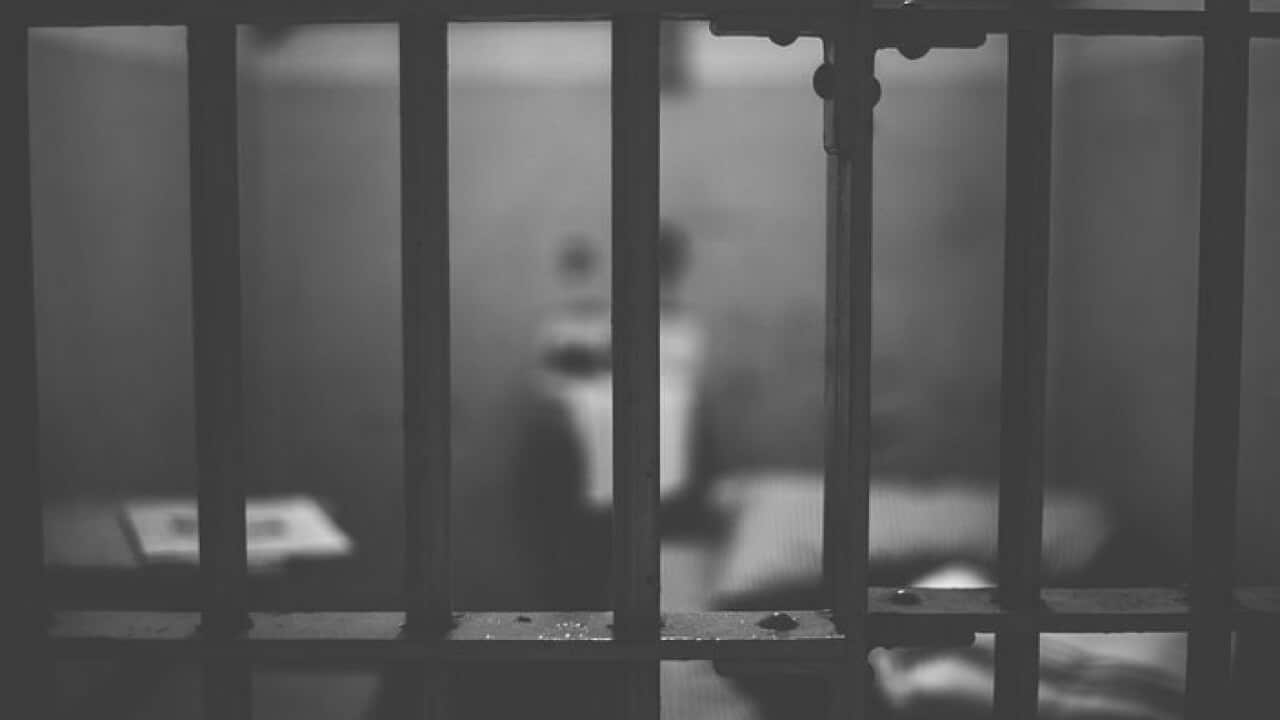Australia's prisons are already struggling to cope with inmate numbers, but more and more people are being locked up every year.
The rate of Australians imprisoned has climbed by almost 30 per cent in the past 10 years, according to the latest statistics by the Productivity Commission.
An annual report on government services released on Thursday has revealed almost 217 in every 100,000 Australians were behind bars in the past financial year, costing corrective services more than $4 billion.

A new Productivity Commission report shows the rate of Australians in prison has climbed by almost 30 per cent in the past 10 years. Source: AAP
Aboriginal and Torres Strait Islander people were between 12 and 16 times more likely to be imprisoned than the non-Indigenous population, depending on how the figure was calculated.
Criminology Professor Eileen Baldry at the UNSW said the money should be spent on ways to prevent people from offending, as well as rehabilitation programs.
"Every time we put more people in we increase the tax burden on people, so there's a real question for Australians to ask are we using our tax dollars wisely in the way we use prisons?" said Professor Baldry.
Currently 43,000 people are held in Australian prisons each day, while 14,000 are yet to be sentenced.
Last year female numbers increased, at a faster rate than male prisoners.

A Sydney woman was allegedly six times over the legal limit. Source: AAP
A third of female prisoners (34 per cent) are Aboriginal and Torres Strait Islander, despite Indigenous women making up just two per cent of the female population.
Indigenous leaders are desperate to change the vicious cycle.
"Unfortunately what we do have at the moment across government is that we get very minimal funding to address these issues in comparison to the over representation that we're dealing with," said Cheryl Axleby, National Aboriginal and Torres Strait Islander Legal Services Co-Chair.
According to the latest statistics by the Productivity Commission, Aboriginal and Torres Strait Islander people were up to 16 times more likely to be imprisoned than the non-Indigenous population representing almost 28 per cent of all incarcerations.
"What's happening is that we have a lot of issues in regards to poverty, homelessness, but we also have a lot of people in the justice system who have health issues rather than issues that should be dealt with in the prison system," said Ms Axleby.
Despite some government intervention and funding, Indigenous leaders say it is an issue that is not going away.
Correction: This article has been updated to clarify corrective services spending in the past financial year was more than $4 billion. A previous version incorrectly stated it was $41.1 billion.


